What Is the Difference Between Quartz and Quartzite Countertops?
Kitchens are more than just a room to cook in. They are aromatic spaces where the family comes together from the morning's first cup of coffee to the evening's dinner preparations. It's no wonder the kitchen is often cited as one of the best rooms to remodel to maximize return on investment. According to a survey done last year by Caeser Stone, 95% of homeowners looking to renovate their kitchens wanted new countertops the most. Popular kitchen countertop materials include granite, quartz, marble, laminate, concrete, and butcher block countertops. In this article, we'll focus on quartz and quartzite, what they are, and their differences.
What's the Difference Between Quartz and Quartzite?
Simply put, quartz is a man-made material, while quartzite is a natural stone. Quartzite begins its life as sandstone. The sandstone becomes quartzite when subjected to intense heat and pressure due to tectonic plate compression in the earth's crust. While it is still naturally occurring, raw quartzite is too porous and has to be coated in polyurethanes, acrylic, or wax before it can be used as a countertop. Without the coating, liquids would soak through the stone.
On the other hand, quartz is fabricated using about 90% to 93% loose quartz blended with synthetic materials such as polymer resins, pigments, and bits of glass. It is an engineered material, molded and baked in a factory to resemble a naturally occurring stone.
Looks
In terms of appearance, quartz and quartzite are both attractive. Being natural, quartzite is limited in terms of the color range you can get. It typically comes in shades of white or gray, though you can find some pink or red hues in it if the iron oxide is present. Also, no two quartzite slabs will look alike. The veined patterns of the stone will always be unique, even on opposite ends of one slab.
One advantage of quartz is that, because it is synthetic, pigments can be added to it to produce a variety of colors and patterns. The resin within quartz gives it a smoother and sleeker finish that will expose its synthetic origins. Quartzite still keeps its grainy and rougher texture, so those leaning toward a more organic and earthy feel might prefer it.
Durability
Quartzite is slightly harder and more scratch-resistant than quartz. It measures 7 or 8 on the Mohs Hardness Scale compared to quartz's 7. But they are both harder than granite, which has a 6.5, so quartz and quartzite are both quite durable. Despite this, it is advisable to use a chopping board on both surfaces, as they can be scratched by sharp objects.
One benefit of quartz is its ability to resist chipping and denting better due to its flexibility. It is also non-porous and more resistant to staining. However, it is prone to melting at temperatures higher than 300 degrees Fahrenheit because of the plastic resin used to bind it. Therefore, a hot pan could leave a permanent scorch mark on your quartz countertop.
Maintenance
Quartzite needs to be resealed once or twice annually to avoid liquids soaking in and staining the stone. It shares this weakness with other natural stones such as marble and granite. Conversely, quartz does not need to be resealed. Just wipe away any spills to avoid any potential staining, and always use non-abrasive cleaners to clean your quartz and quartzite surface.
Price
The prices of the two materials are similar. You can purchase both at about $60 to $100 per square foot. Where the two begin to differ is at the cost of installation. Depending on the kind of installation done, the cost can creep up significantly. Quartzite is a natural stone and requires cutting with diamond blades for trickier installations. Any complexity will add to the cost. In contrast, quartz can be poured into a mold to produce a variety of shapes.
Ultimately, both are beautiful and durable countertop choices for your kitchen. They both have their pros and cons, and one may gain an advantage over the other in certain use cases. If you are unsure which to use, contact Alpha Granite and Marble. We can offer guidance on which material is right for you!


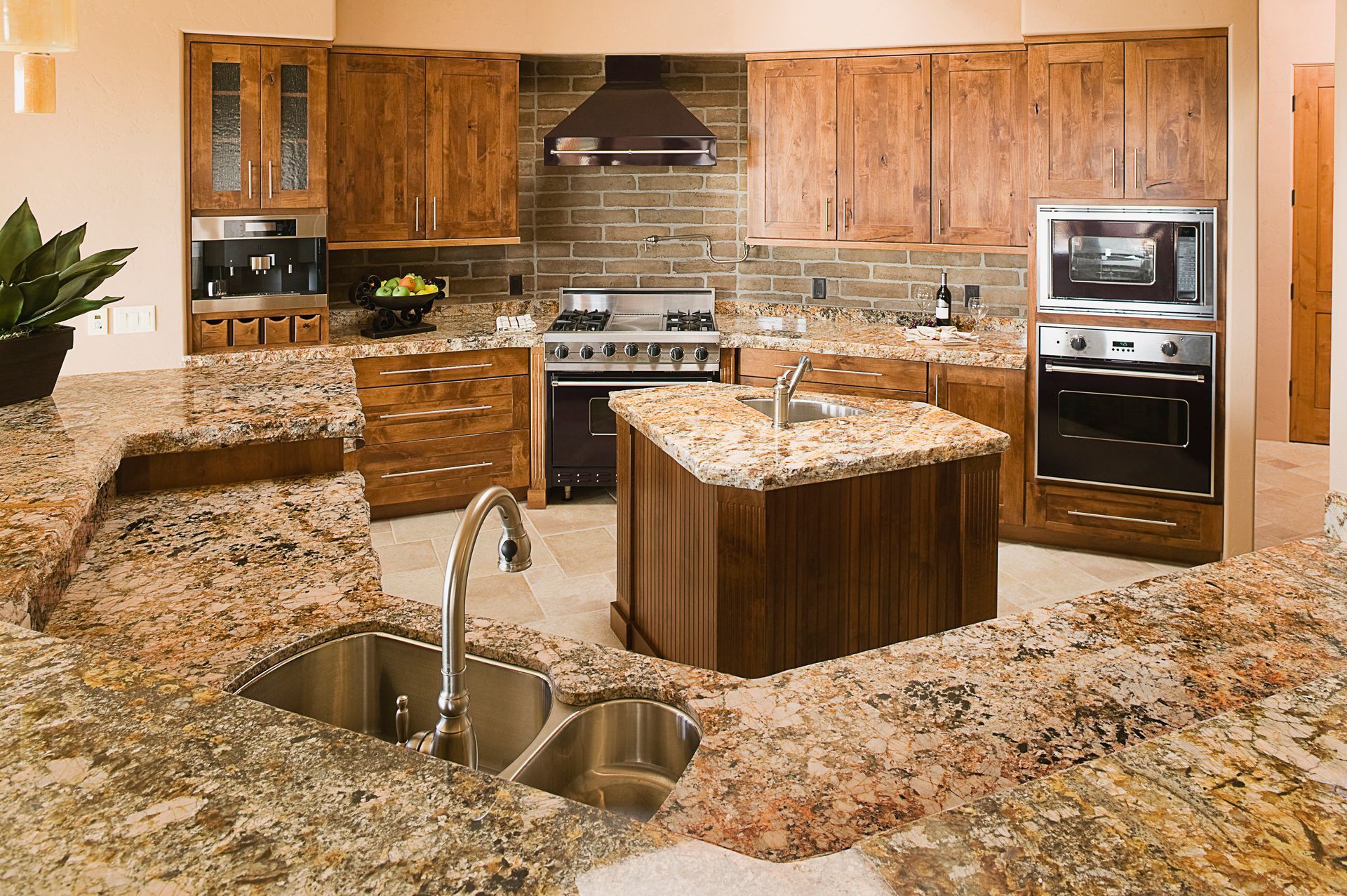
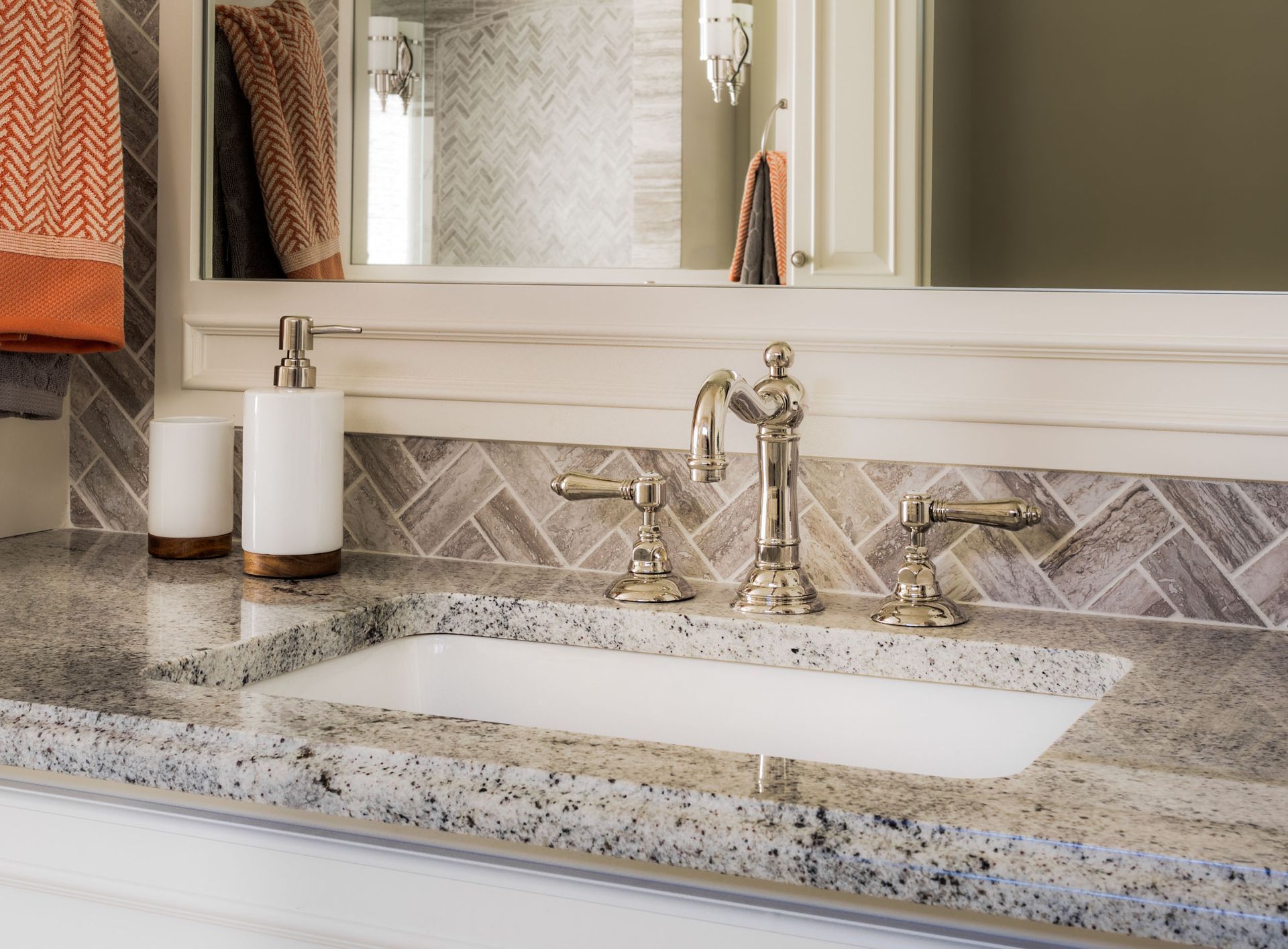
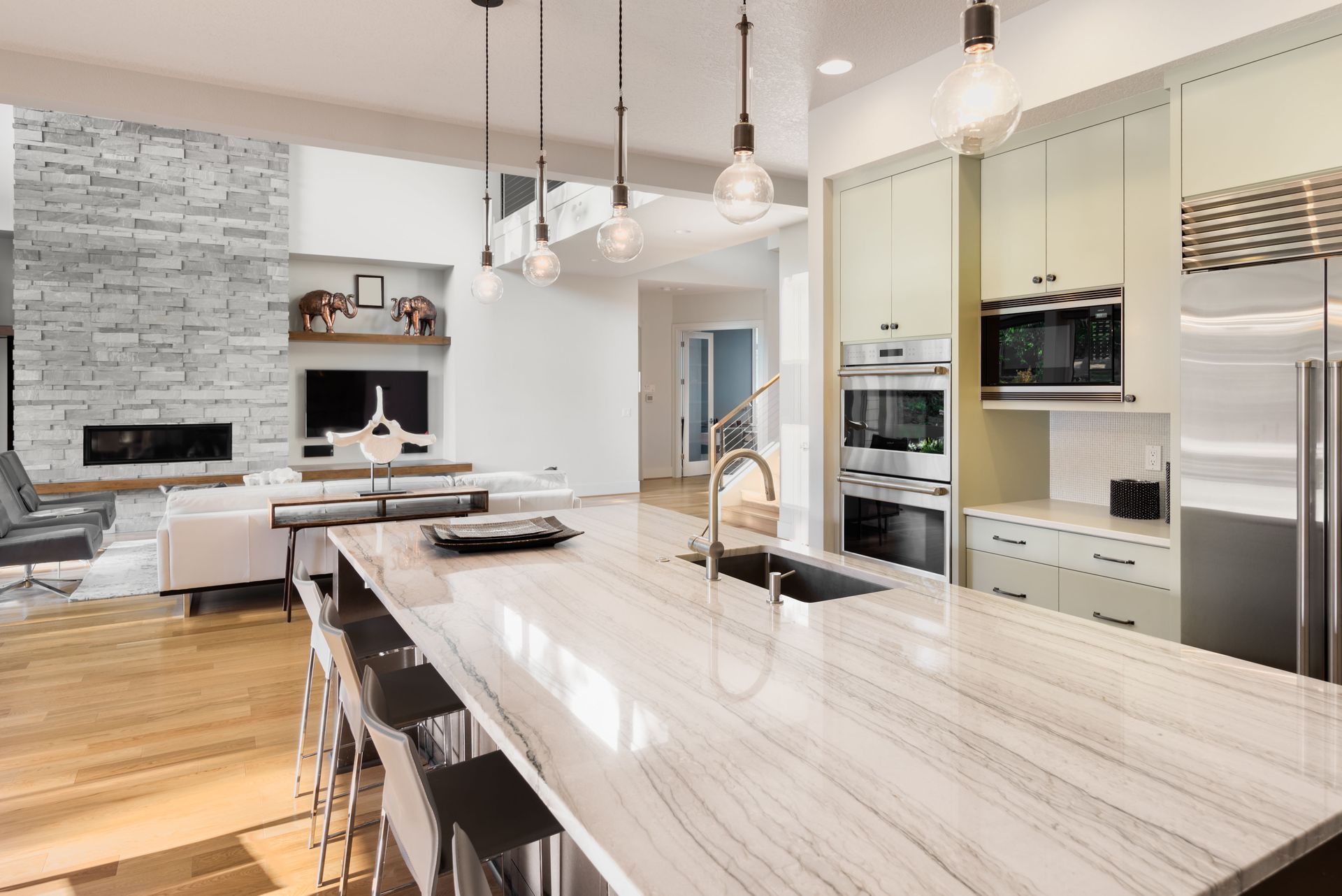

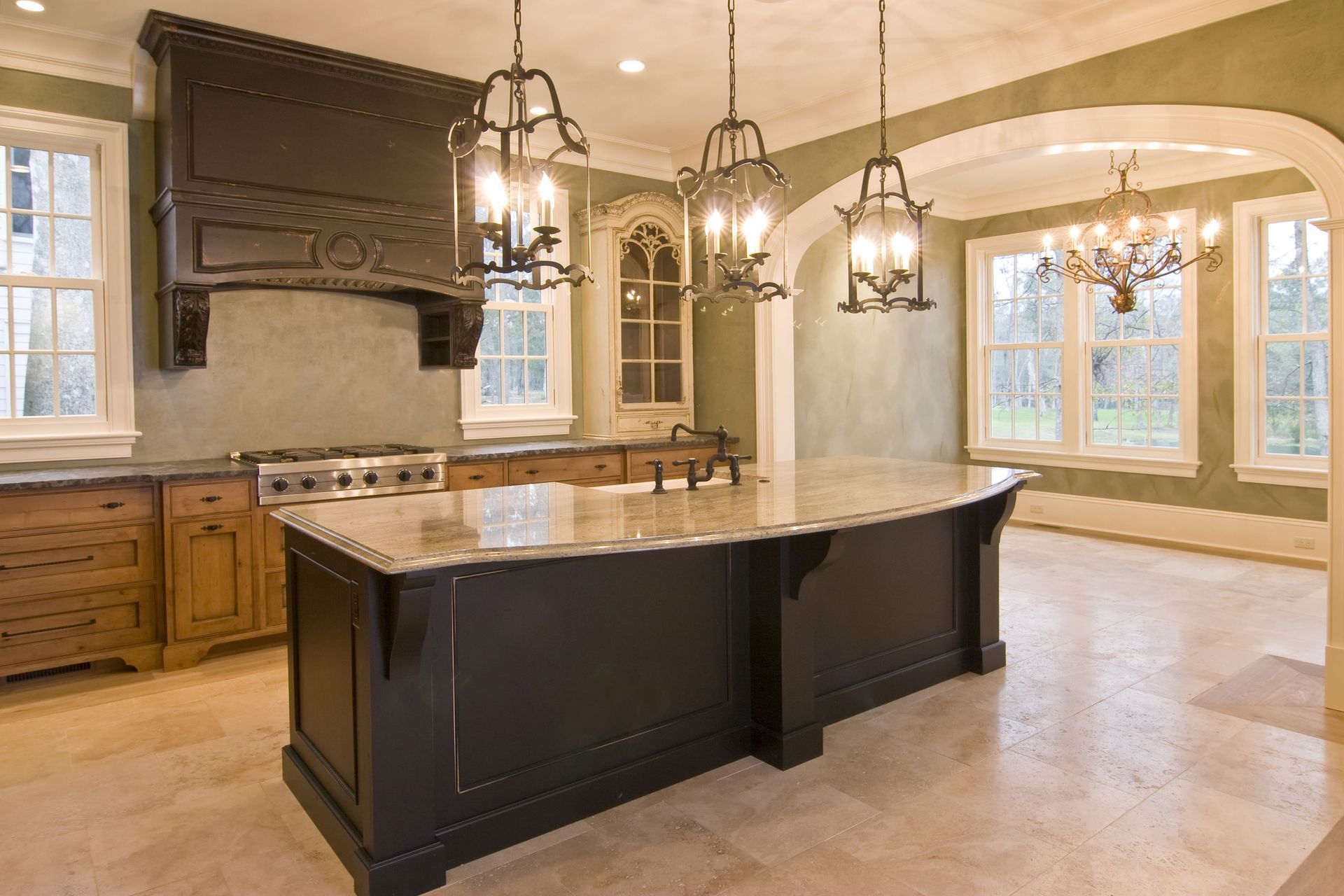
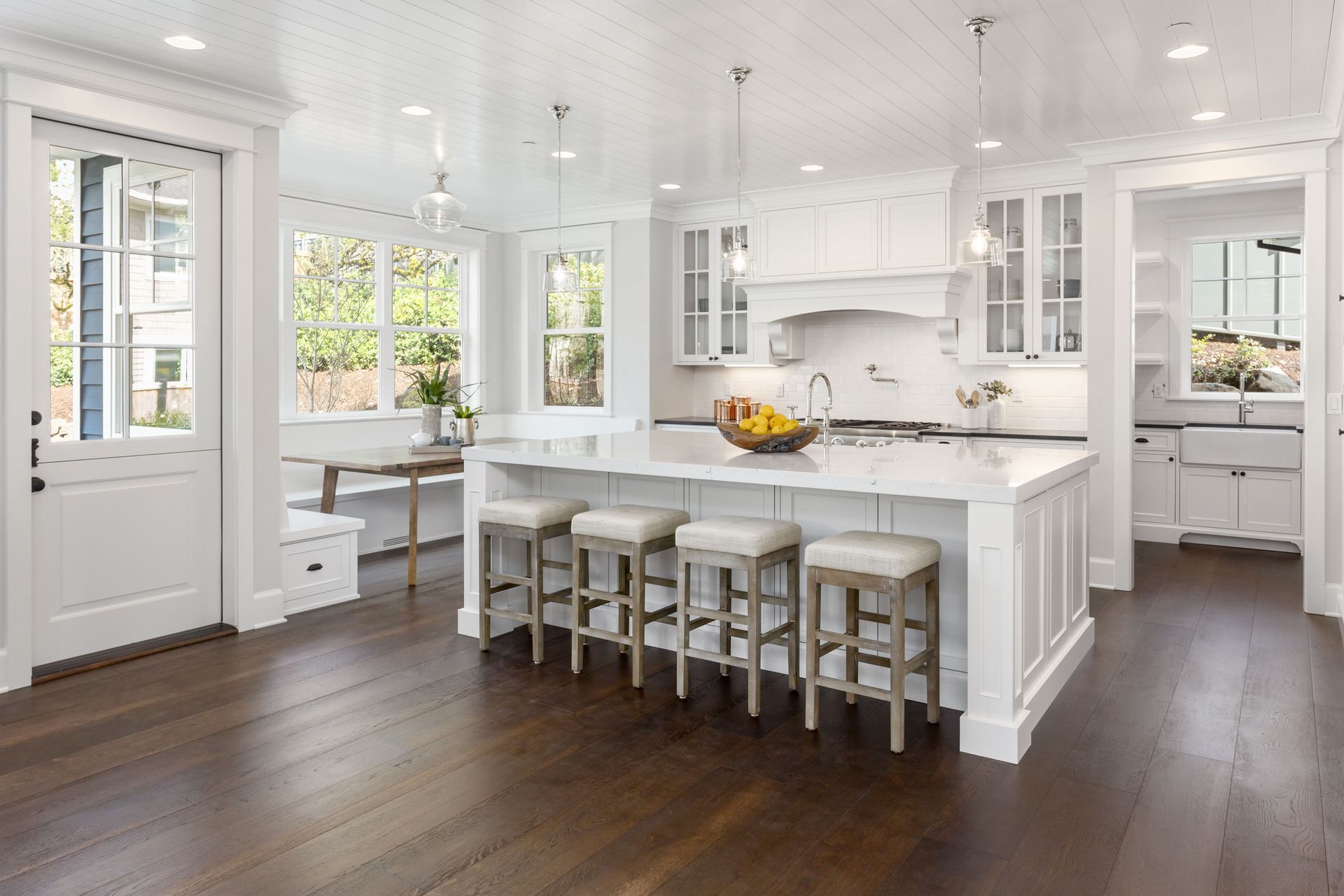
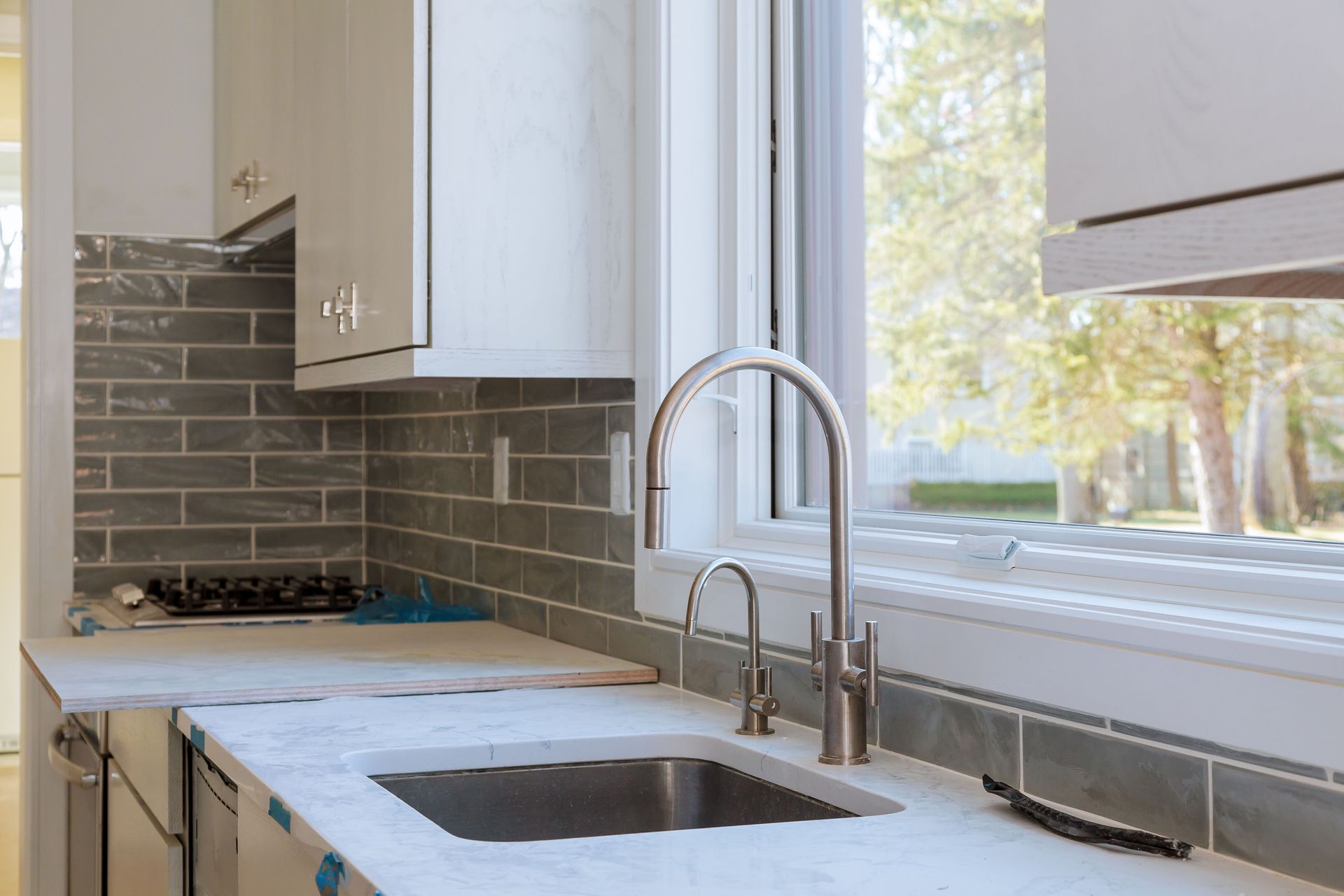
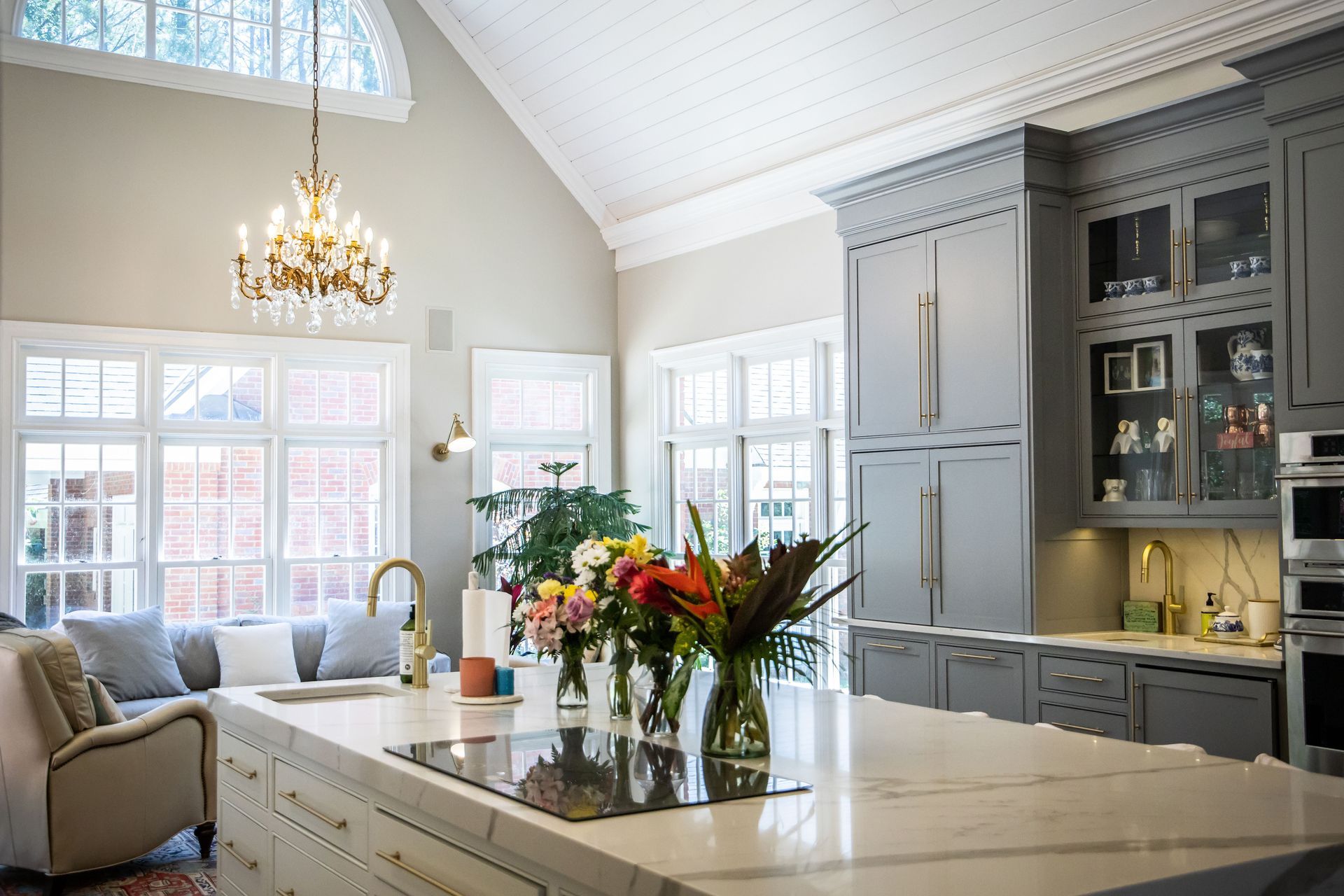
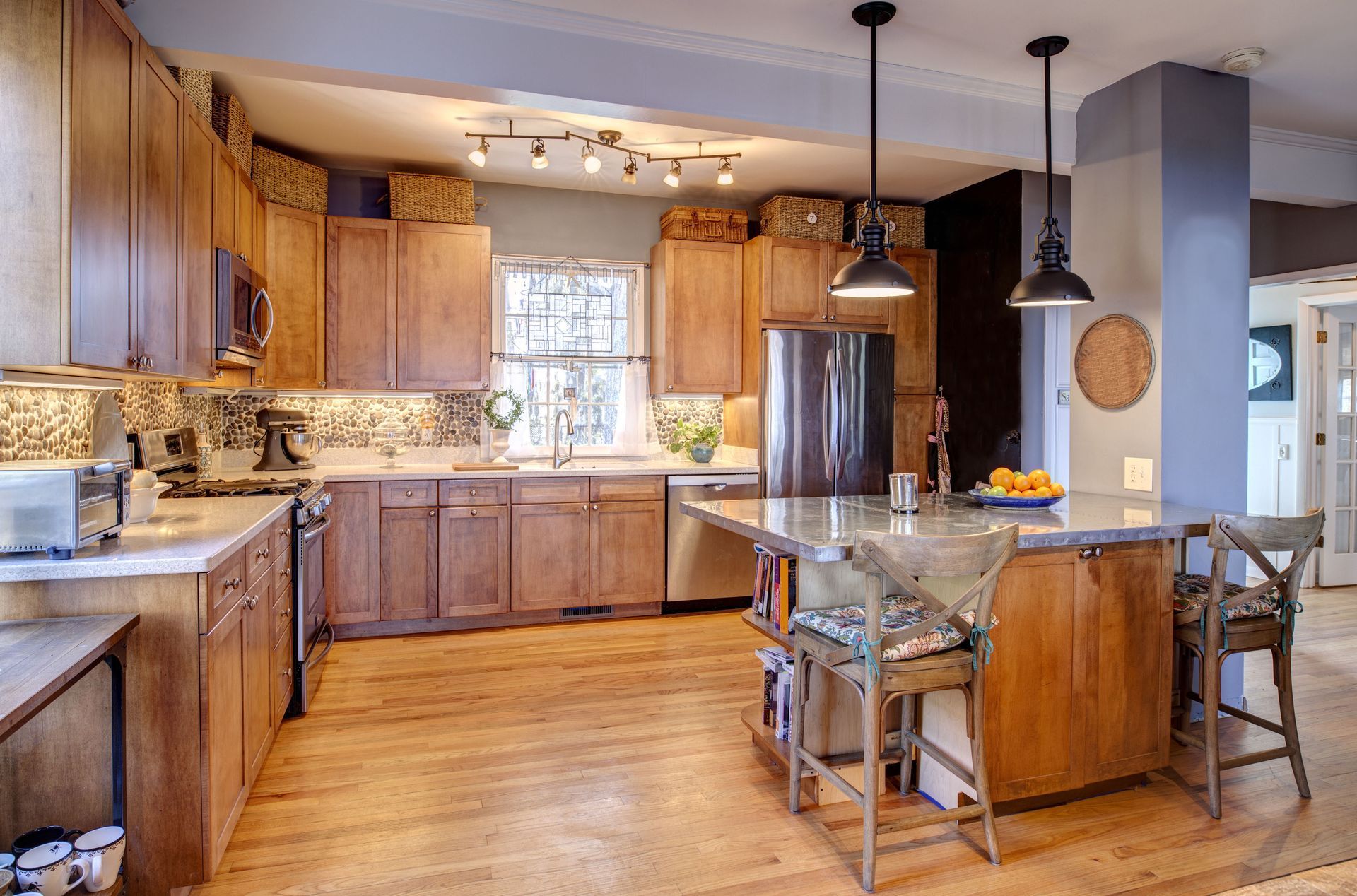




Share On: